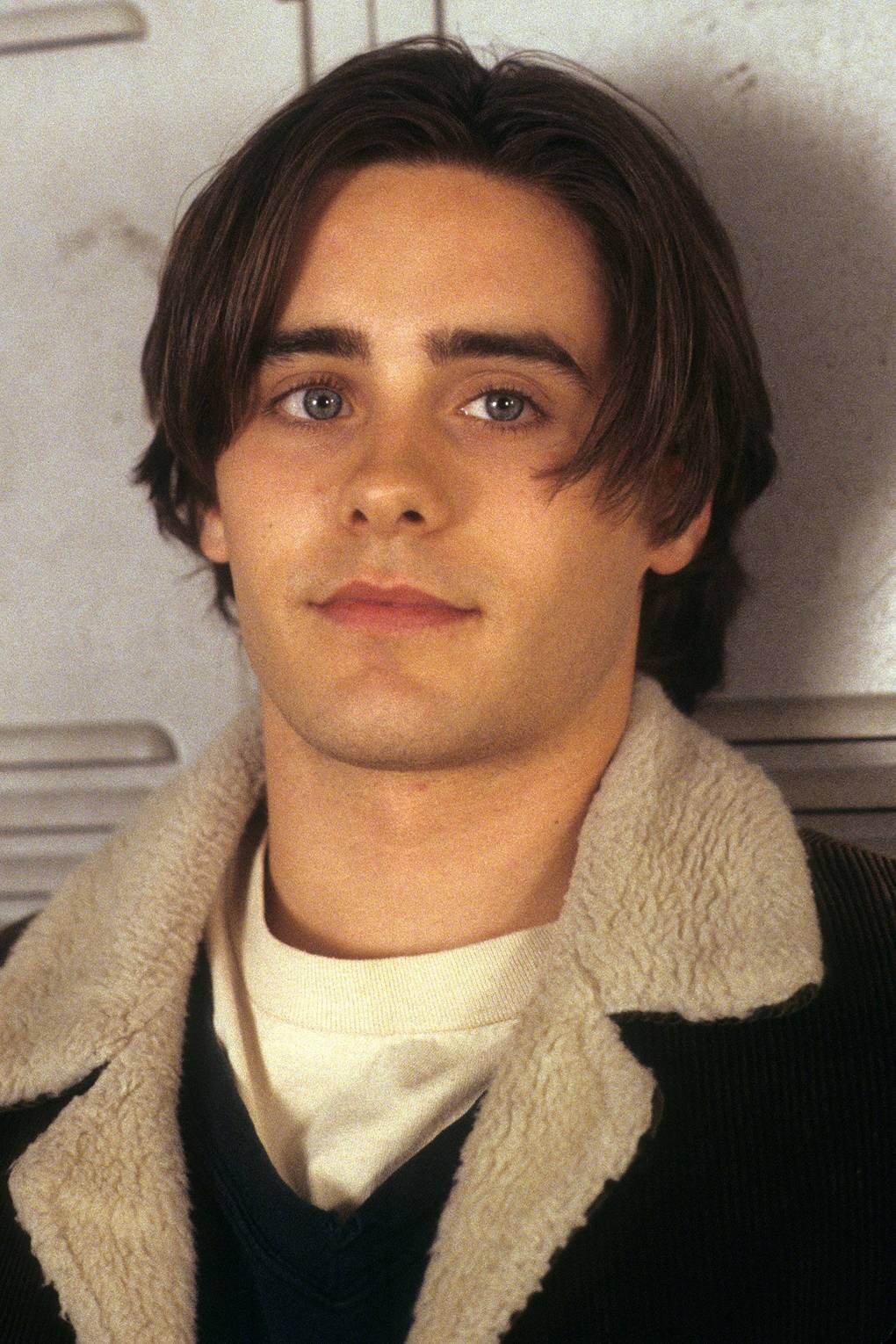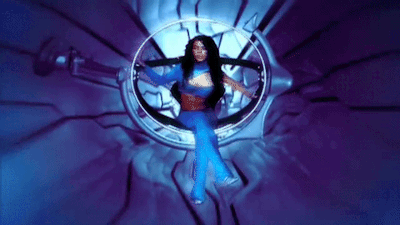Consider Becoming a ‘90s Heartthrob in Just One Step
Social distancing has people making drastic grooming decisions in order to reclaim a sliver of control over our lives. From turning to the (dye) bottle for a dramatic color change to shaving one’s head, in times like these nothing seems abnormal. I’d like to take this period of creative freedom and non-judgement to make the case for the return of a much maligned hairstyle: the “butt cut,” or hair curtains look. Named after the way the middle-parted hair in the front allegedly makes one’s head look like a butt, it is the evolutionary peak of the bowl cut’s lineage.
David Beckham. Image via
Most ‘90s heartthrobs of the white male persuasion sported the look. One could go so far as to say that Nick Carter and Devon Sawa’s entire livelihoods rested on the scientific precision with which their hairdos were crafted. For reasons completely unknown to me, the curtains look is often put in the pantheon of hairstyle disasters alongside the mullet or frosted tips.
There are theories floating around that the curtains cut stems from the looks of the long haired princes of the Disney Renaissance like Aladdin and The Little Mermaid’s Eric, who represented the perfect storm of masculinity and sensitivity. Tighter than Kurt Cobain’s shaggy hair, looser than the perfectly groomed looks of Old Hollywood, with more layers than the close-cut bowl crop, this image of the perfect man was pervasive in the ‘90s. Waif-like pretty boy looks reigned supreme in pop culture. Young actors everywhere hinged their early careers on straddling that line between youthful sexuality and wise-beyond-their-years soulfulness.
The look quickly evolved to cover all the ‘90s/noughties “it-boy” archetypes: Jared Leto had a slightly too-long cut in My So-Called Life, showing that he wasn’t like the other boys, but rather a cool and edgy outsider. Hugh Grant in Notting Hill sported a voluminous, deliberately disheveled head of hair, displaying his “quirky” sensibilities in contrast to the movie star he falls for. Matt Damon in The Talented Mr. Ripley had hair that was a little too coiffed in place, unlike the careful nonchalance required of the ideal curtains look, reflecting the try-hard insecurity of the titular character.
Like all ‘90s trends, curtains have been intermittently returning—but in the form of the longer or more voluminous looks.
If the loose curtain looks are en vogue now (see: Timothée Chalamet, Zayn Malik, Cole Sprouse), why is there still such disdain for its ancestral style? Do the softer cuts of today represent a newfound fluidity and freedom that the increasingly individualized nature of celebrity in the digital age affords young stars? Is there a Pavlovian association between youthful vapidity and tight cuts whereas the looser look is reflective of a more artsy and edgy aesthetic required of cool celebrities in 2020? Research questions just waiting to be taken up.
But in the meantime, a friendly suggestion: you’re stuck at home. No one is around to see if you mess it up. You’ve got bowls, you’ve got scissors, why not?
Featured image via














